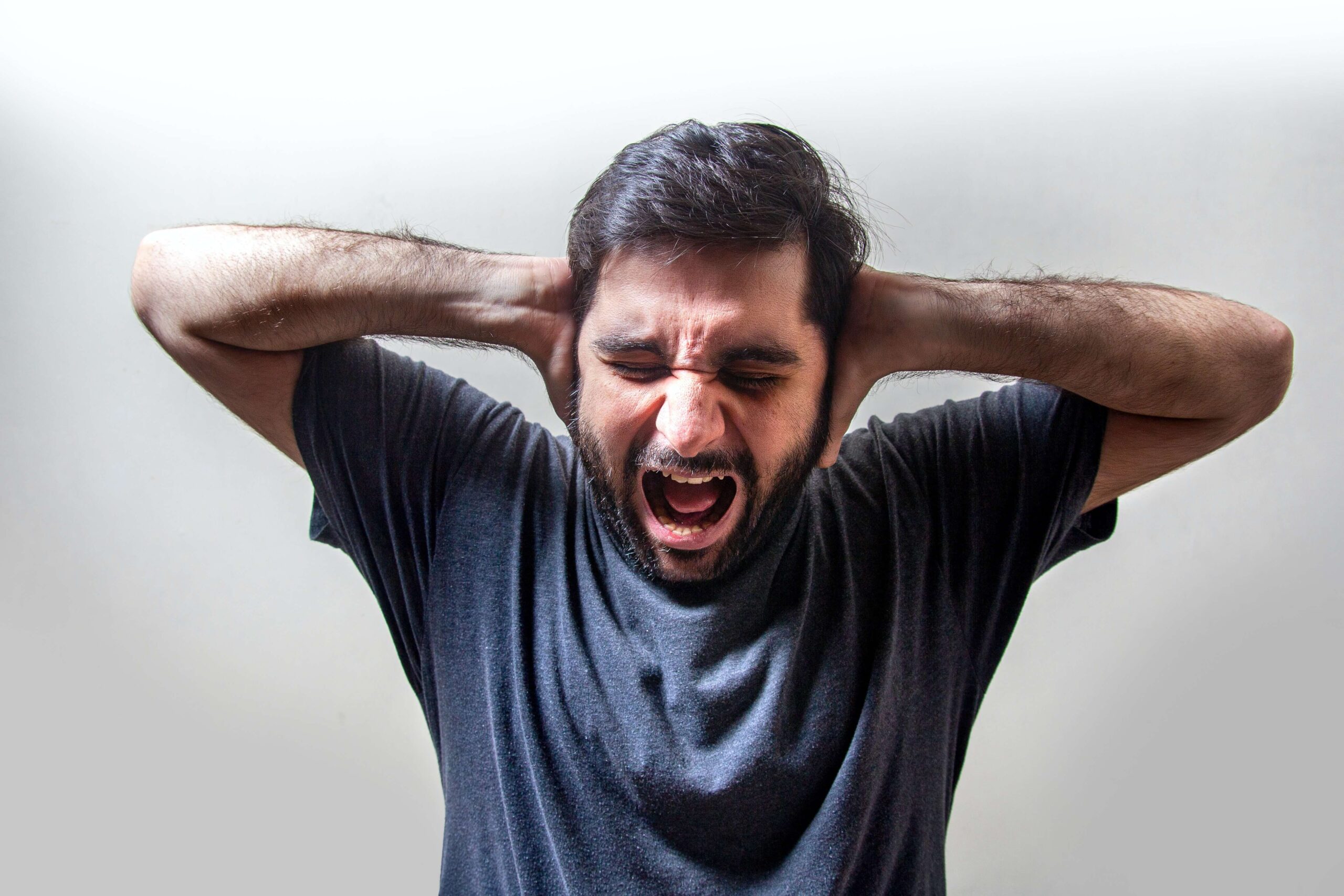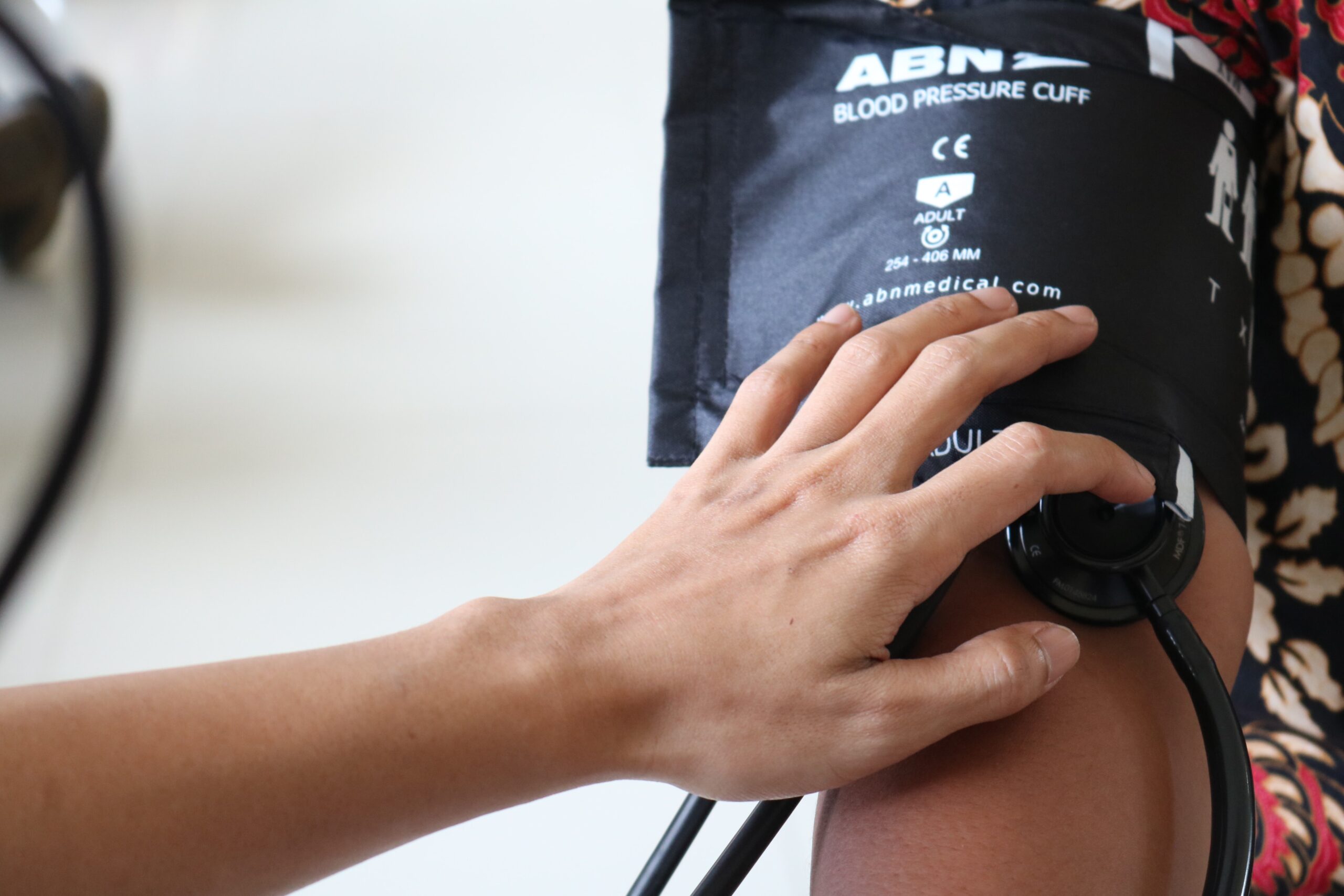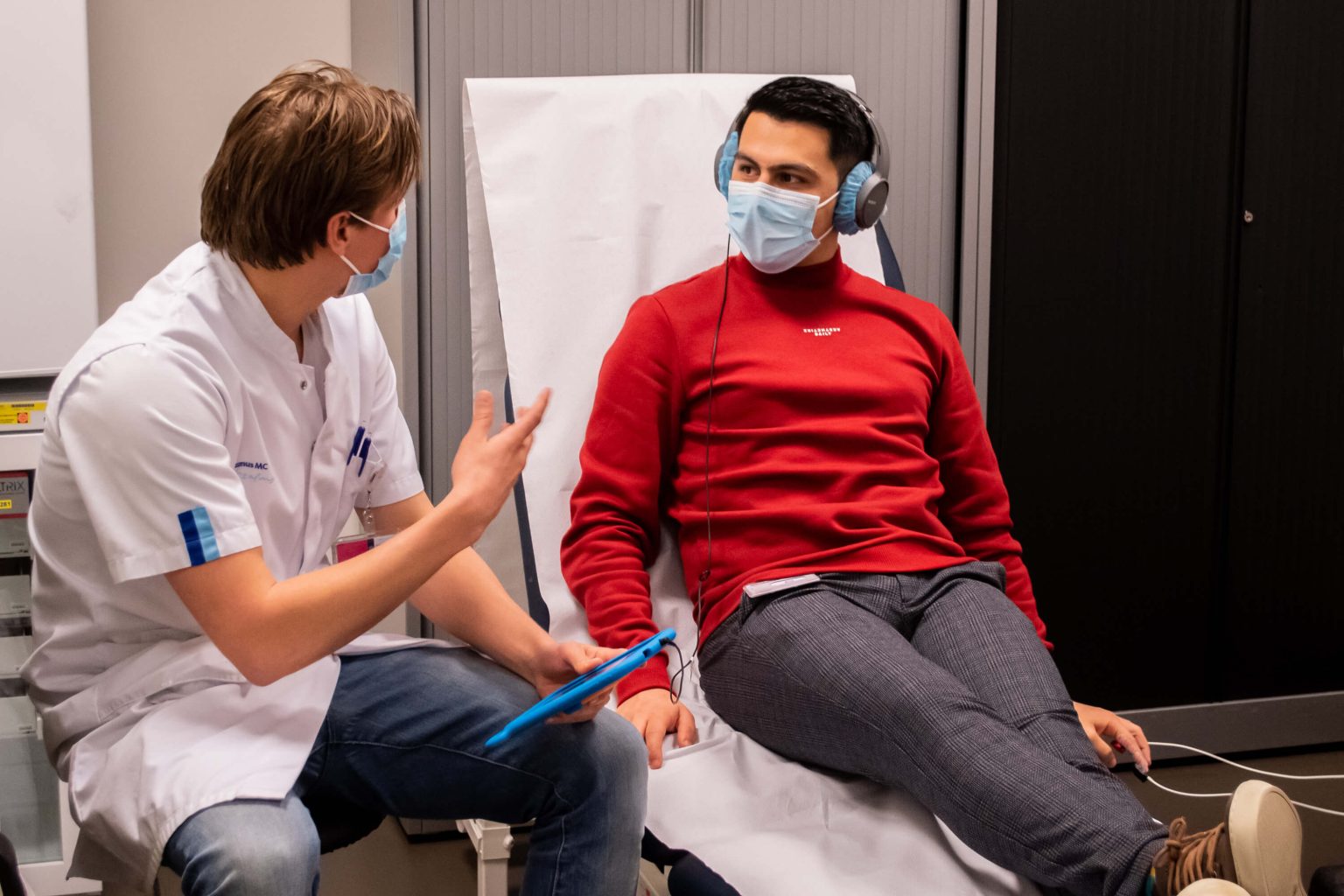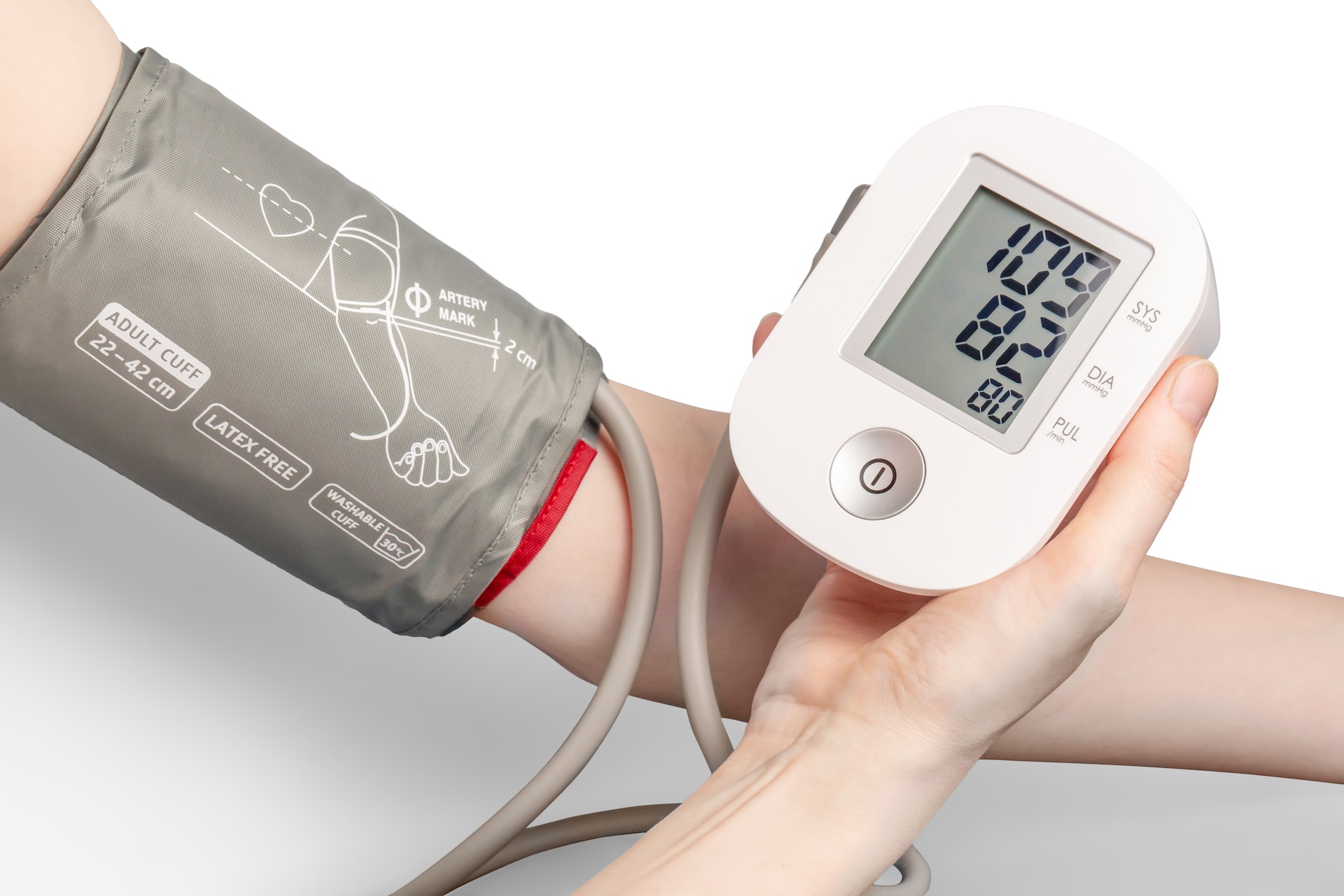Everything you need to know about your recovery!
With our software and app, we measure the activity of your autonomic nervous system.
Generally, the nervous system is continually focused on bringing the body into balance. The body functions optimally when everything is in equilibrium. The autonomic nervous system, in particular, plays a crucial role in creating balance between effort and relaxation.
This system regulates all automatically controlled processes of the body, such as heart rate, breathing, and other organ functions. It consists of two parts, namely the sympathetic nervous system (body’s accelerator) and the parasympathetic nervous system (body’s brake).

Gaspedaal intrappen
Sympathetic activity

Gaspedaal loslaten
Parasympathetic activity
When the body is in a safe and relaxed situation, these two systems are in balance. A balance between the sympathetic and parasympathetic ensures that the body has the ability to recover from exertion.
Parasympathetic
The parasympathetic is the part of the autonomic nervous system that we can liken to releasing the accelerator. It ensures that the body calms down, recovers after exertion, and replenishes energy levels.
The processes activated by the sympathetic (the accelerator) are inhibited by the parasympathetic. In a safe and calm situation, the parasympathetic acts as a gentle brake on the sympathetic, and you may notice that breathing slows down, heart rate decreases, and digestion and fat burning are stimulated. The interaction between the sympathetic and parasympathetic is recognizable by a close collaboration between heart rate and breathing.
The graph below shows a measurement with the BioCheck software / app, indicating a relaxed body that is well able to recover.

Image 3: Visible harmony in the yellow line (large variation in heart rate times) and red line (smooth waves of breathing). Parasympathetic activity and the ability to recover are high, leading to optimal resting metabolism associated with relaxation. This results in more energy.
Sympathetic
The sympathetic is the part that we can liken to a car’s accelerator. It prepares the body for action, enabling any form of effort. When energy is needed for physical or mental exertion, immune system function, and survival strategies like the fight-or-flight response (stress), the sympathetic controls various processes such as accelerated breathing, increased heart rate, rising blood pressure, and release of energy into the blood.
For our ancestors, sympathetic activity was meaningful, for example, when searching for food and in life-threatening situations. Surviving in dangerous situations was the norm for about 200,000 years, making sympathetic activation crucial. Physically, you become active, and mentally, you become sharper, ready to ‘fight or flee.’
In recent decades, the world has become safer for us as humans, but our sympathetic system still plays a significant role in human functioning and survival. Nowadays, the sympathetic is mainly activated by the many, fast, and continuous information processing. However, sadness, traumas, (financial) concerns, social media, social obligations, and stressful sedentary work also cause your sympathetic part to work overtime. These causes can persist for much longer, keeping the body activated without allowing recovery (parasympathetic) the chance. You are no longer able to balance and bring the body into equilibrium.
The graph below, shown with the BioCheck software/app, illustrates a stressful sedentary (active) body with increased resting metabolism.

Image 3: Almost flat yellow line (little to no variation in heart rate times) and an irregular red line (breathing). Sympathetic activity and a low recovery capacity lead to increased resting metabolism, resulting in less energy.
Symptoms of an imbalance
In today’s hectic world, many of us experience long periods of continuous ‘on’ time. Lack of relaxation can, in the long term, cause the body to become imbalanced. This can disrupt the autonomic nervous system, making relaxation no longer automatic.
When the balance between the sympathetic and parasympathetic is disturbed for an extended period, it can lead to various physical and mental symptoms. The most common physical symptoms include irregular and high heart rate, accelerated breathing, sleep problems, the feeling of muscle fatigue, joint pain, heaviness in legs and/or arms, dizziness, trembling hands, tingling, headaches, and gastrointestinal complaints. The most common mental symptoms include being overstimulated, more emotional than usual, increased anxiety, feeling rushed, concentration problems, memory problems, and sensitivity to sound and/or light.
These are complaints that the general practitioner often sees in the office without finding a clear cause. Prolonged activation/tension contributes to the development of high blood pressure, depression, anxiety, panic complaints, and sleep disorders.
More and more diseases are associated with stress. Too much tension reduces your general resistance. Due to this decreased resistance, the chance of various disorders and diseases increases. At BioCheck, we want to provide you with insight into possible causes of your complaints and help you take back control.
Can you make this process clear?
Returning control over your recovery and energy level is one of BioCheck’s main goals. We do this by measuring objective data and monitoring changes in this data.
The heart is one of the organs controlled by the autonomic nervous system. The sympathetic accelerates the heart rate during activity, and the parasympathetic slows down the heart rate at rest. The heart is not only controlled by the brain and the autonomic nervous system. The heart continuously provides essential information to the brain. This communication between the heart and the brain is one of the most important collaborations in the body.
The pace at which the heart beats, the heart rate frequency, and the rhythm in which the heart beats provide information to the brain. The sympathetic nervous system (and stress) induces a different heart rhythm than the parasympathetic nervous system. By examining the heart rhythm corresponding to the sympathetic and parasympathetic, we can recognize the activity of the autonomic nervous system.
The activity of the autonomic nervous system can be observed by determining the variability in the heart rhythm. This is known as Heart Rate Variability (HRV). Using HRV, BioCheck can assess whether you are capable of relaxing and recovering from exertion. The degree of variation in heart rhythm can be measured based on a series of heart rate times (HRT). In the illustration, you can see five heartbeats: the time between two adjacent heartbeats. You’ll notice in the image that the time difference between two heartbeats varies each time. The more differences there are in a series of adjacent heart rate times, the more variation there is in the heart rhythm. The higher this variability, the better the nervous system is in balance, allowing the body to relax and recover from exertion.

A small variation in time between successive heartbeats indicates increased sympathetic activity – you’re ‘on.’ A large variation in time between these heartbeats indicates increased parasympathetic activity – you can relax, and your body can recover.

The BioCheck software presents the successive heart rate times in a graph (Orange line in the illustration). When the orange line shows a lot of variation and a beautifully undulating coherent pattern, the autonomic nervous system is in balance.
Through daily real-time monitoring of your HRV values using the BioCheck app on your phone, you gain insight into your stress levels and the extent of your recovery. This helps you determine if you are overworking your body, and more importantly, it provides clarity on what you can handle. The key to success is learning to optimize rather than maximize! Based on this information, we have developed a medically validated protocol that assists in recovery through training and breathing.





